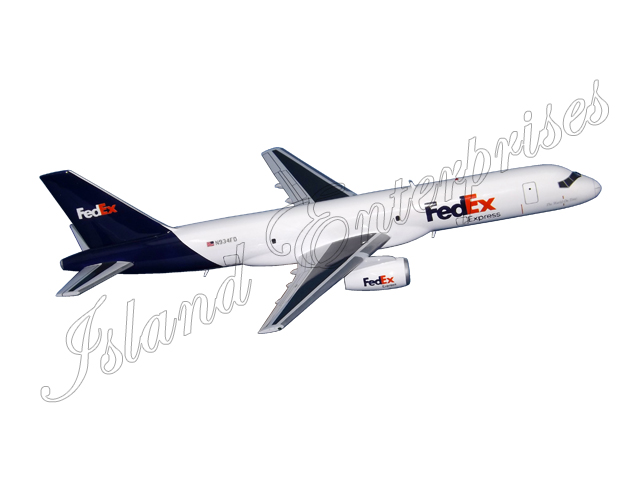

The USPS ended up pursuing the competing Douglas M series instead after securing the Boeing prototype. The resultant design was the Boeing "Model 40". The original aircraft held a cargo capacity of 1,000 lb. Steel tubing, aluminum, wood and fabric were used in the aircraft's general construction makeup. The exposed Liberty V12 radial engine was fitted in the nose and drove a two-bladed propeller. The undercarriage was fixed and wheeled at all three legs. The open-air, single-seat cockpit was seated aft and under the upper wing element.

A biplane wing arrangement was retained and the tail unit sported a conventional single-finned configuration. To ease development and production, the same Liberty engines used by the wartime version of the aircraft would be featured in the new mail plane. The line went on to influence subsequent aircraft such as the DH-9 detailed elsewhere on this site. Nearly 6,300 of the two-seat biplane light bombers were produced with a bulk of this (including its Liberty engines) emerging from American factories. Up to this point, the service relied on the British de Havilland DH.4 biplane which appeared during the fighting of World War 1 (1914-1918) in 1917. The aircraft was originally developed to a new requirement put forth by the United States Postal Service (USPS). About 80 of the type were ultimately built and served several transport lines of the day (including Boeing Air Transport). Boeing did just that with its Model 40 which undertook its first flight on July 20th, 1925 and introduced the product in July of 1927. Some aircraft designs were developed exclusively for the mail delivery service and generally built around good speed and inherently strong hauling capabilities. Until this point in history, mail arrived view rail or other ground-based method. One of the earlier, effective uses of the airplane outside of the military realm was in mail delivery.


 0 kommentar(er)
0 kommentar(er)
